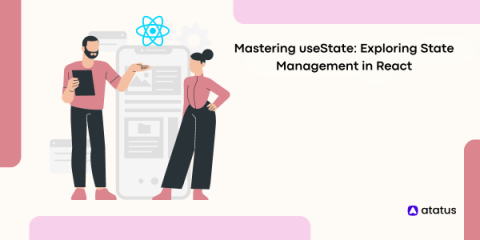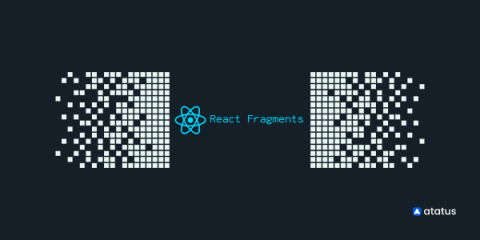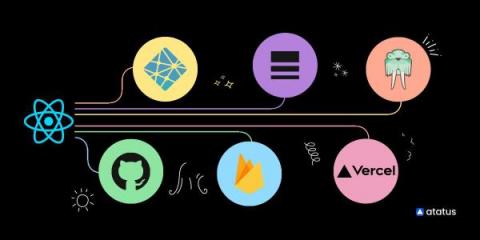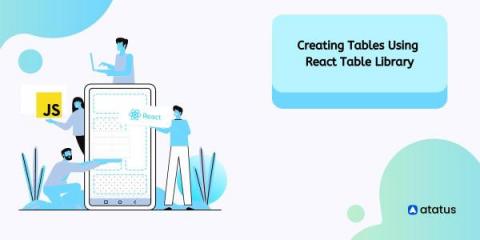Mastering useState: Exploring State Management in React
If you’re new in the world of React development, you might have encountered instances where you need to have state variables in functional components. In such a scenario using the useState() hook can be of great aid for efficient project completion. With useState you can easily store state variables in functional components of your React project for enhanced performance.










